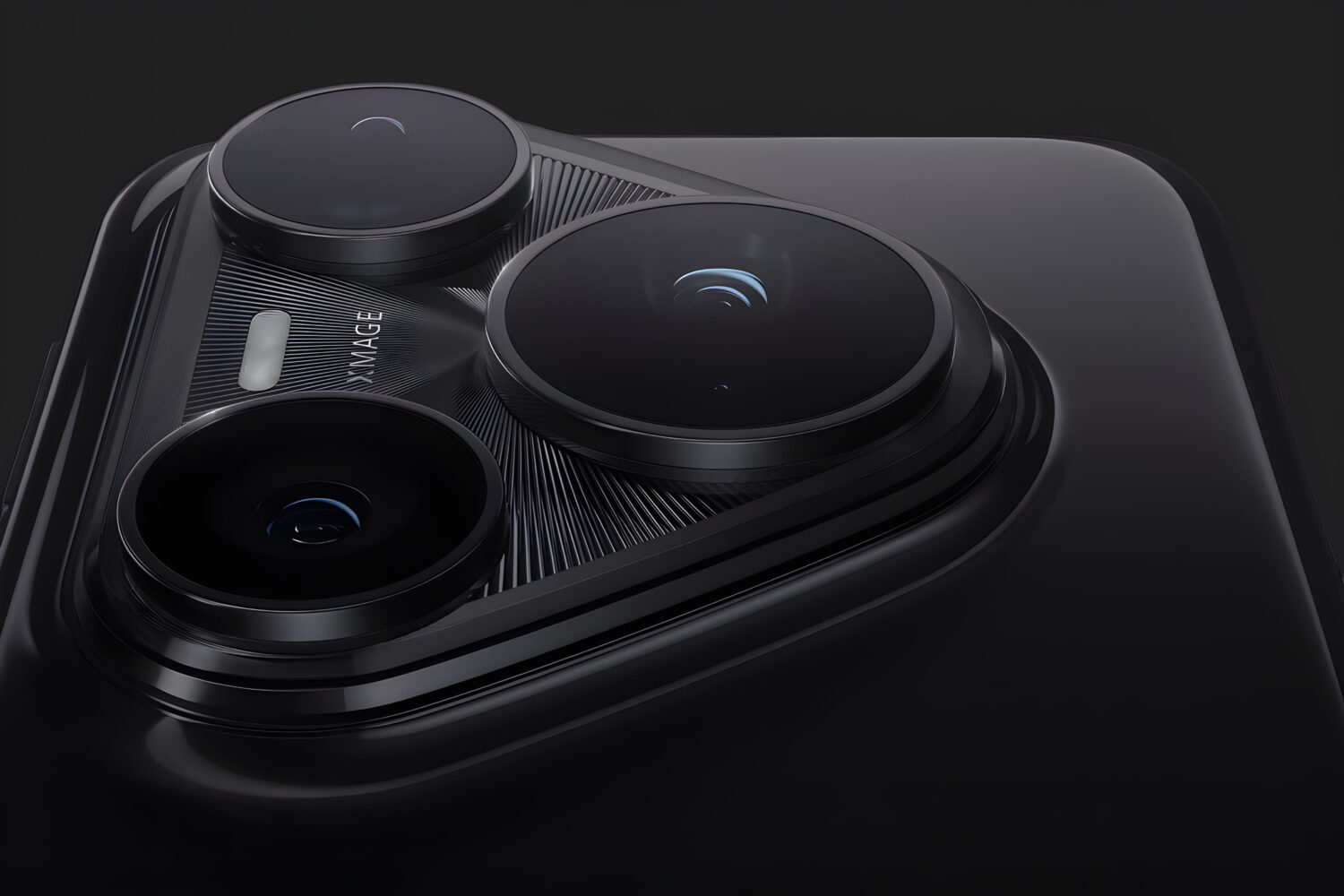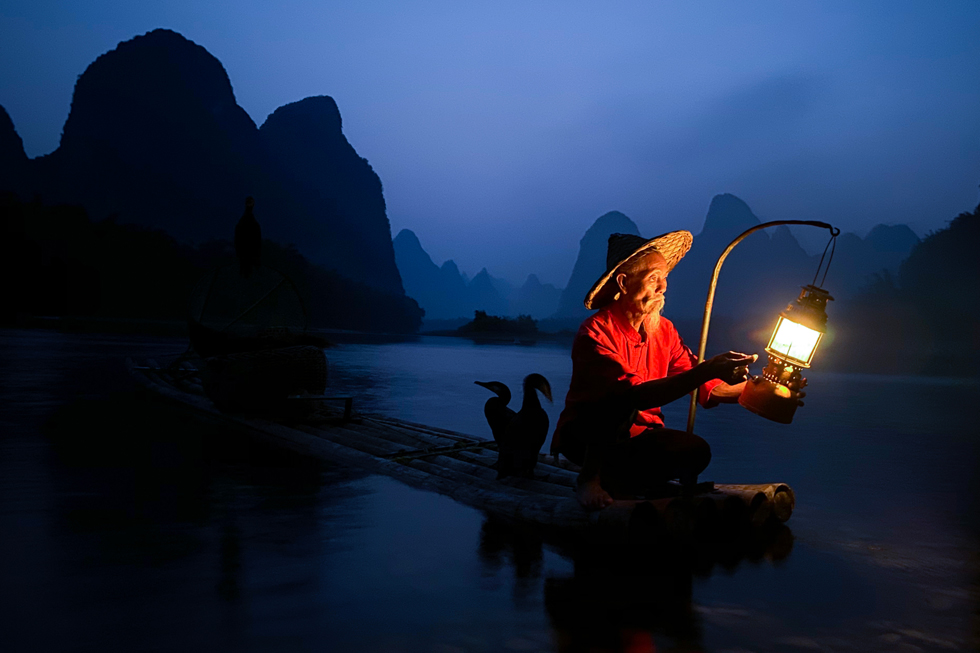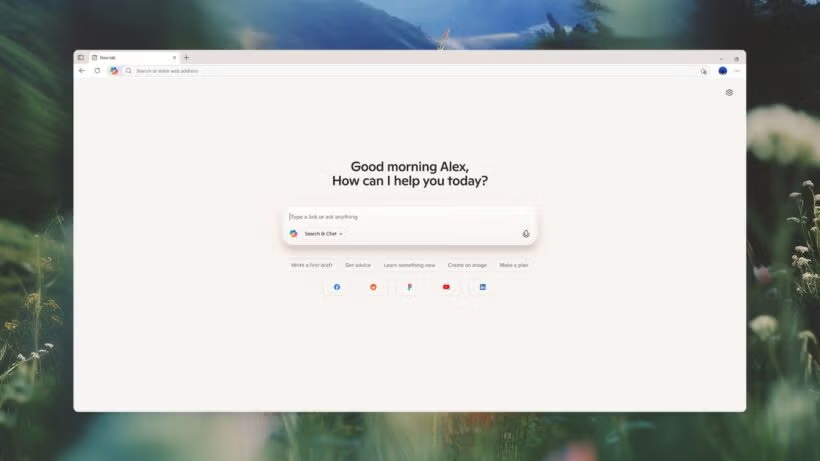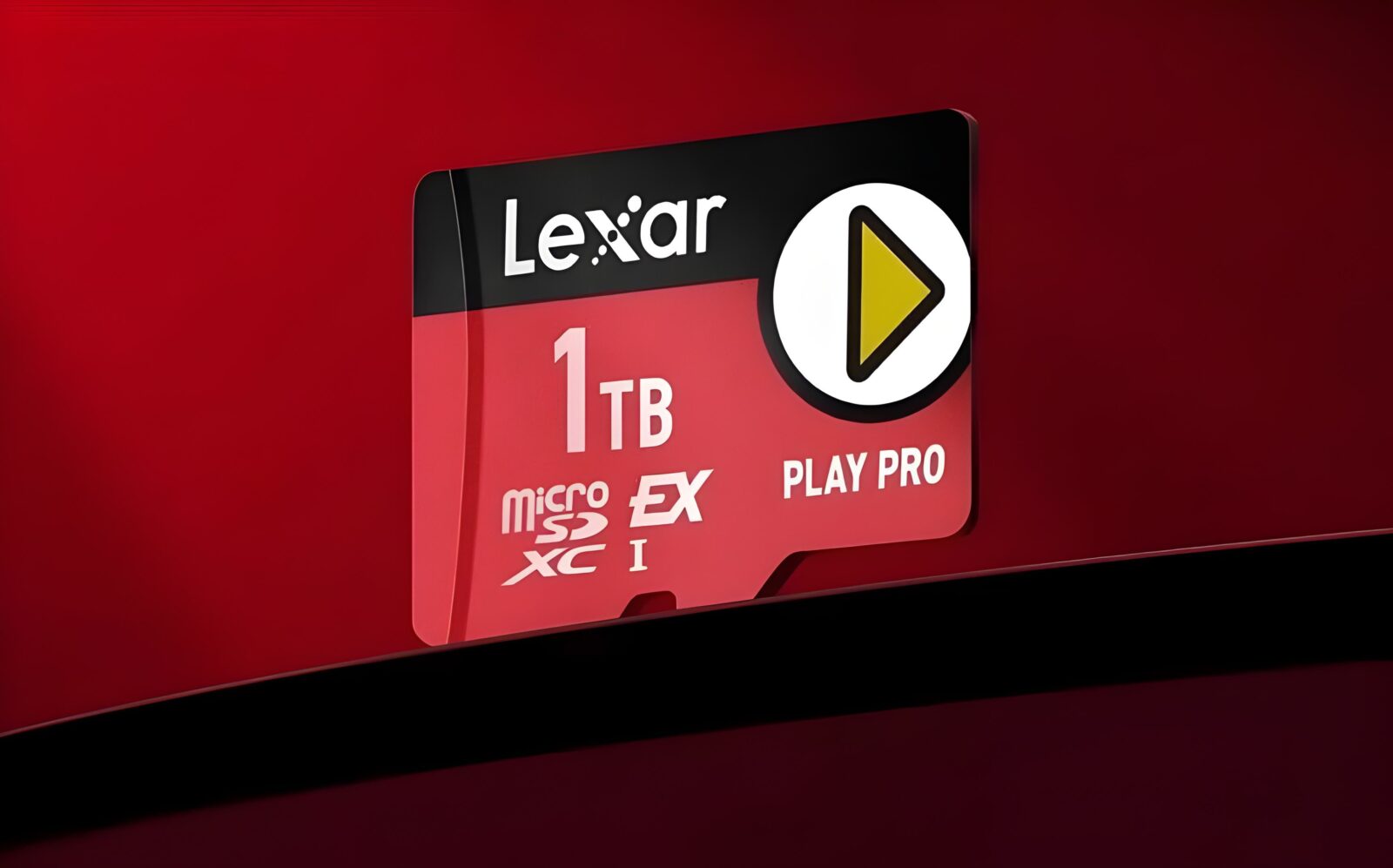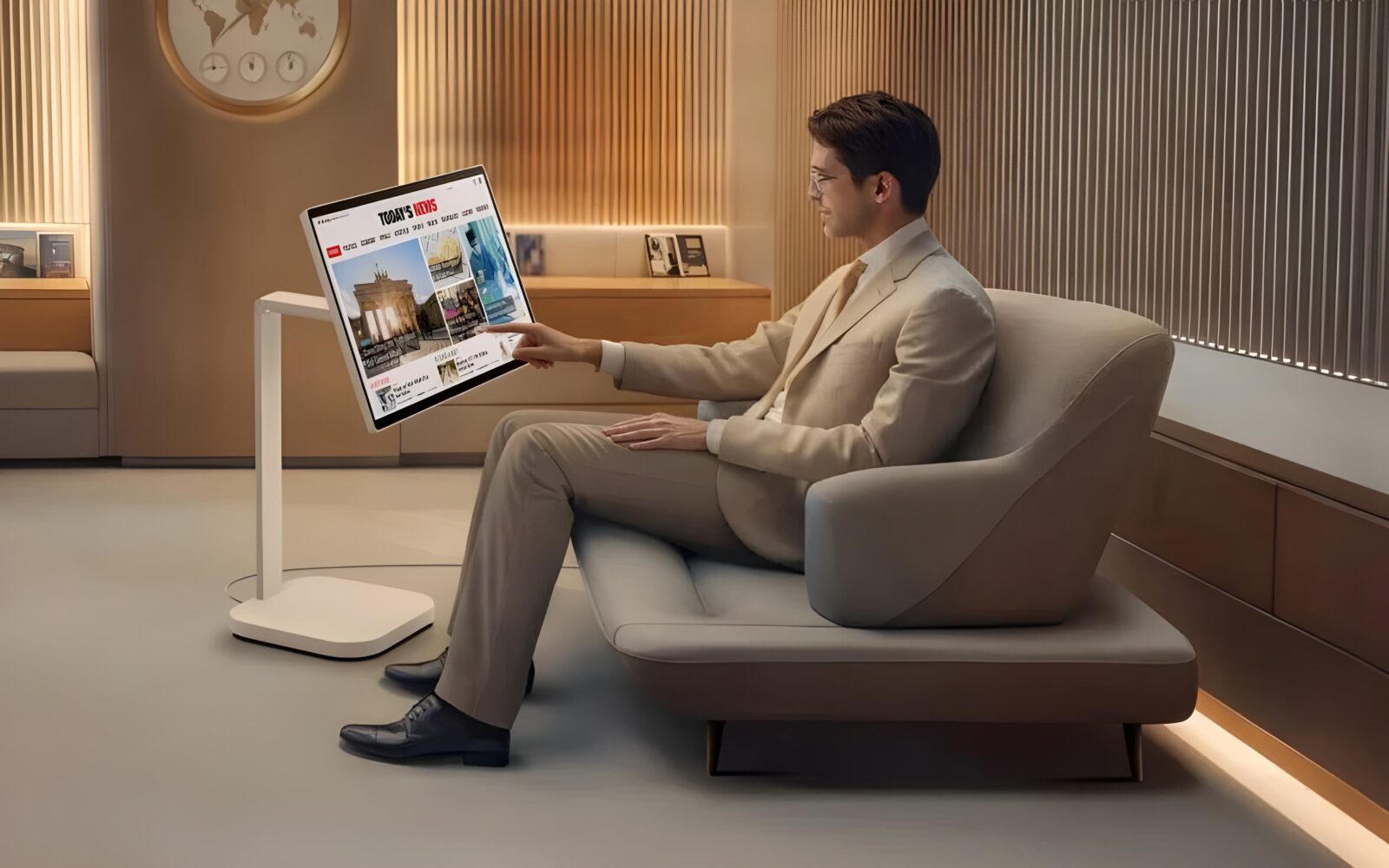Design & Build – Industrial Chic Meets Sci-Fi Red Dot
Let’s get the obvious out of the way first: this phone looks like the lovechild of Leica’s lab gear and a dystopian fashion runway. Huawei calls this the “Pura” design language—short for Pure + Radiance, because obviously every flagship in 2025 needs a backstory as dramatic as a Netflix limited series.
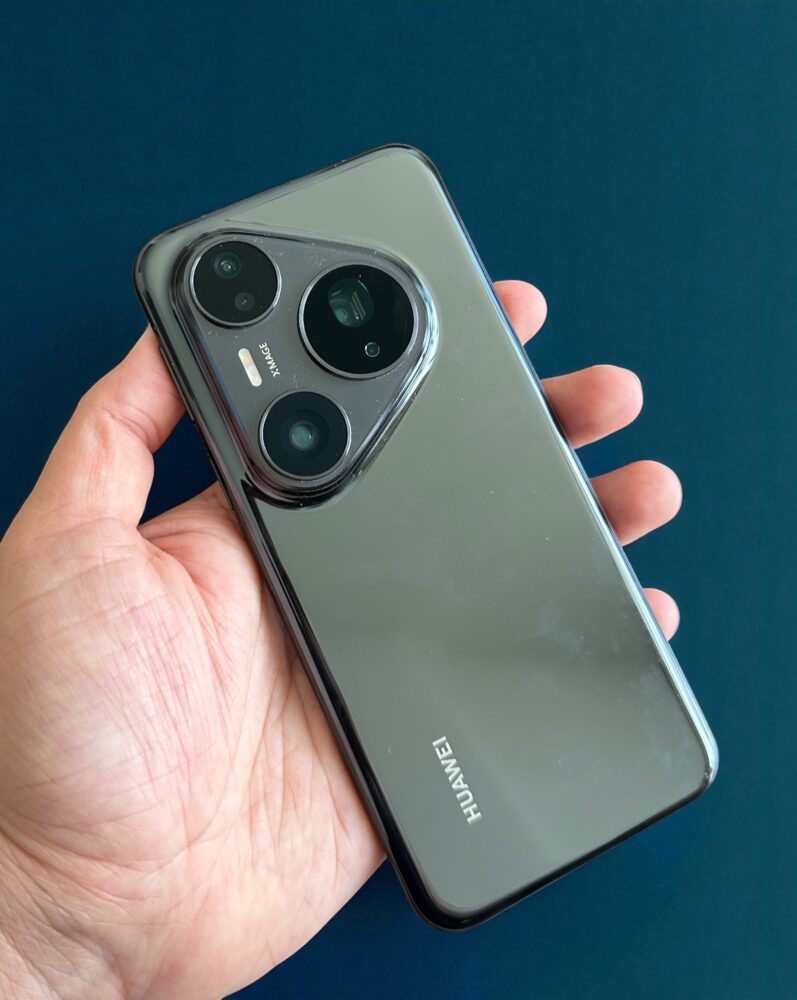
The Pura 80 Pro is all curves and symmetry—glass gently melting into an aluminum chassis with polished edges that feel eerily similar to the iPhone 14 Pro Max’s… except less like a fingerprint magnet and more like something that should come with a display stand. The standout feature is that “Starry Pattern” camera island—off-center, yes, but calculatedly so. It mimics a DSLR’s silhouette, complete with a deep etching around the lens rings. The “Star Ring” design is Huawei’s new calling card, and it’s as bold as it is divisive. Either you’ll want to show it off in public like a trophy spouse, or slap a case on it faster than Google slaps “AI” onto a new product.
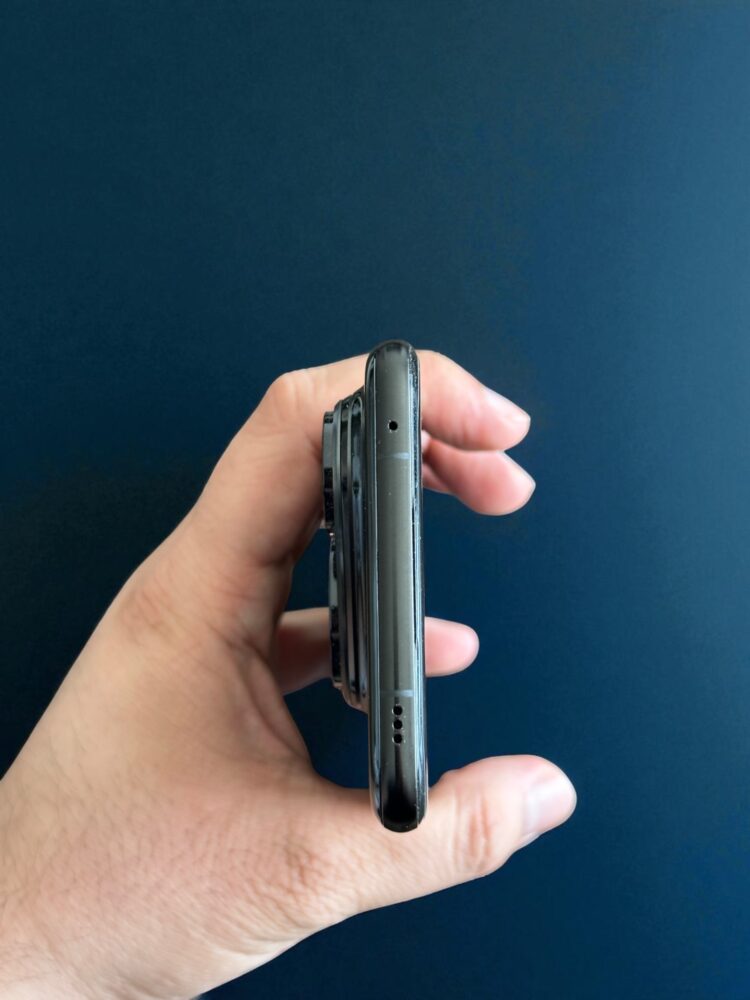
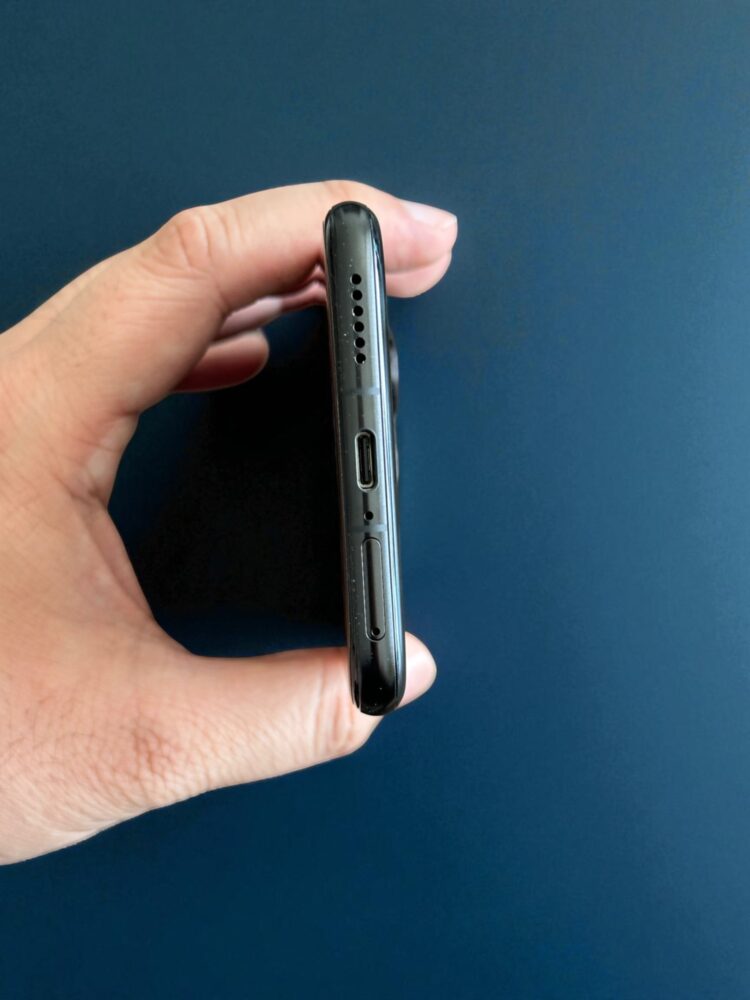
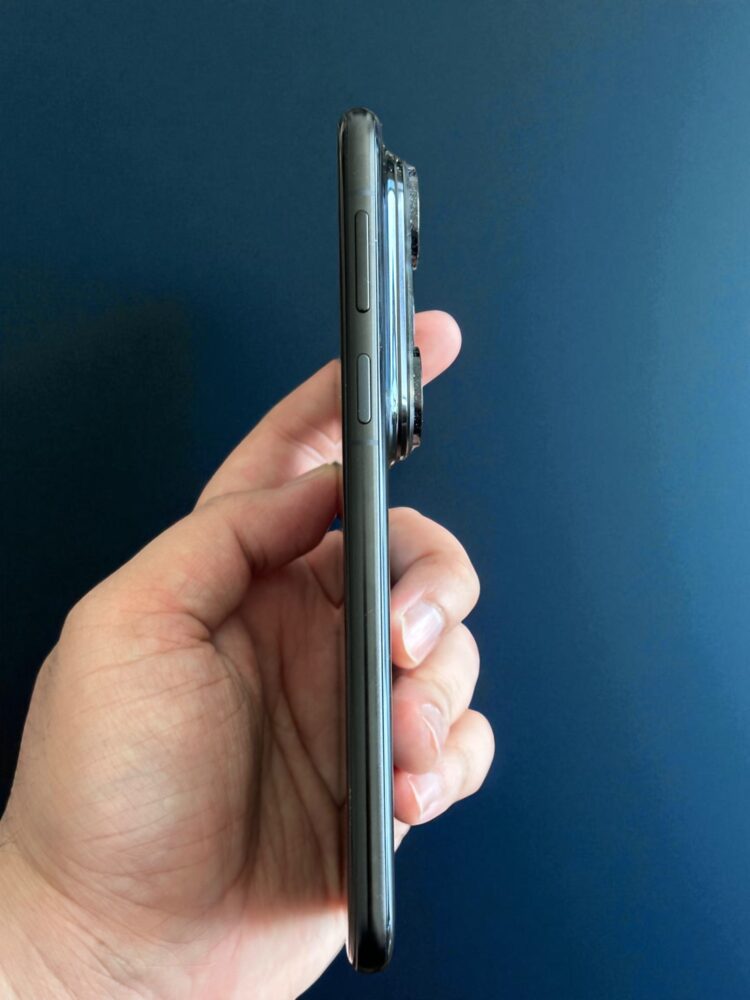
The phone tips the scales at 219g, which is reassuringly hefty—not iPad-mini heavy, but “this better have a 1-inch sensor” heavy. It feels rock solid in the hand, though it is top-heavy thanks to the large camera optics. No wobbles, no creaks, just a reassuring slab of engineering that feels like it could survive a skirmish in Blade Runner’s alleyways. IP68 water and dust resistance is on board, so go ahead, shoot TikToks in the rain like you’re in a Lana Del Rey music video.
Color-wise, you get Glazed Red (ridiculously bold), Black (ridiculously safe), and White (surprisingly elegant). Huawei’s materials here look expensive and feel even more so. Even the volume rocker has a satisfying click—Android phones, take note.
Display – Quad-Curve Cinematic Feast with a Nerdy Side Hustle
The 6.8-inch LTPO OLED panel is the kind of screen that makes you want to rewatch nature documentaries just to marvel at hummingbird feathers in HDR. At 2848 × 1260 resolution (yes, Huawei skipped 1440p), pixel density lands around 460 PPI, which is sharper than your in-laws’ criticism. And because it’s a quad-curved panel—left, right, top, bottom—you get that dramatic melt effect that looks awesome until you try to swipe up from the edge and accidentally open the wrong app 12 times in a row.
What’s impressive is how Huawei handles brightness. With a claimed peak of 3000 nits (no, that’s not a typo), it quite literally outshines most flagship displays, and makes outdoor readability nearly foolproof. Unless you’re using it in Dubai in July, in which case the sun wins… but barely.
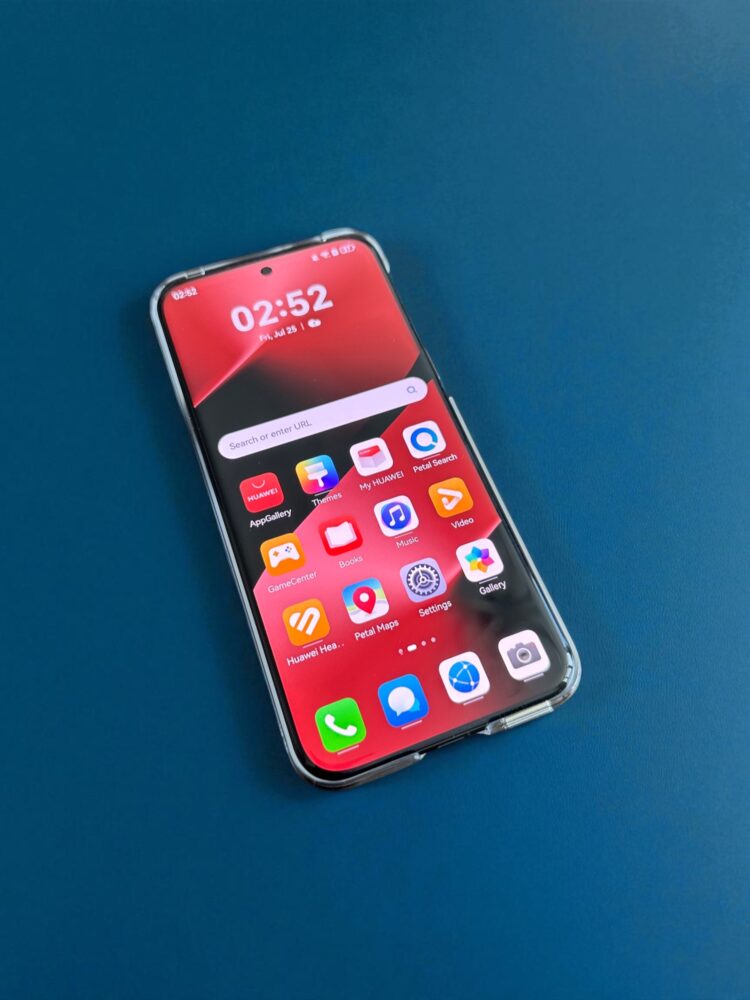
Color calibration is fantastic, with P3 wide gamut support, excellent tone mapping, and TÜV Rheinland eye protection certifications that might help you sleep better (or at least give you something to blame when you don’t). The ultra-high 1440Hz PWM dimming is a subtle hero—no flicker headaches here, even when brightness is low.
Touch response? 300Hz sampling, and it feels like it. Gaming, typing, even scrolling through Twitter while doomscrolling—err, “X”—is buttery smooth.
In short: this is one of the best displays you’ll find on a phone today. Is it overkill? Yes. Will it spoil you forever? Also yes.
Performance – The Kirin Resurrection Tour (With Caveats)
Ah yes, the Kirin 9010. Huawei’s own silicon, born again like a phoenix from trade sanctions and international chip drama. Built on a slightly dated 7nm process (TSMC-adjacent but manufactured by SMIC), it’s a weird beast: half PR miracle, half technical compromise.
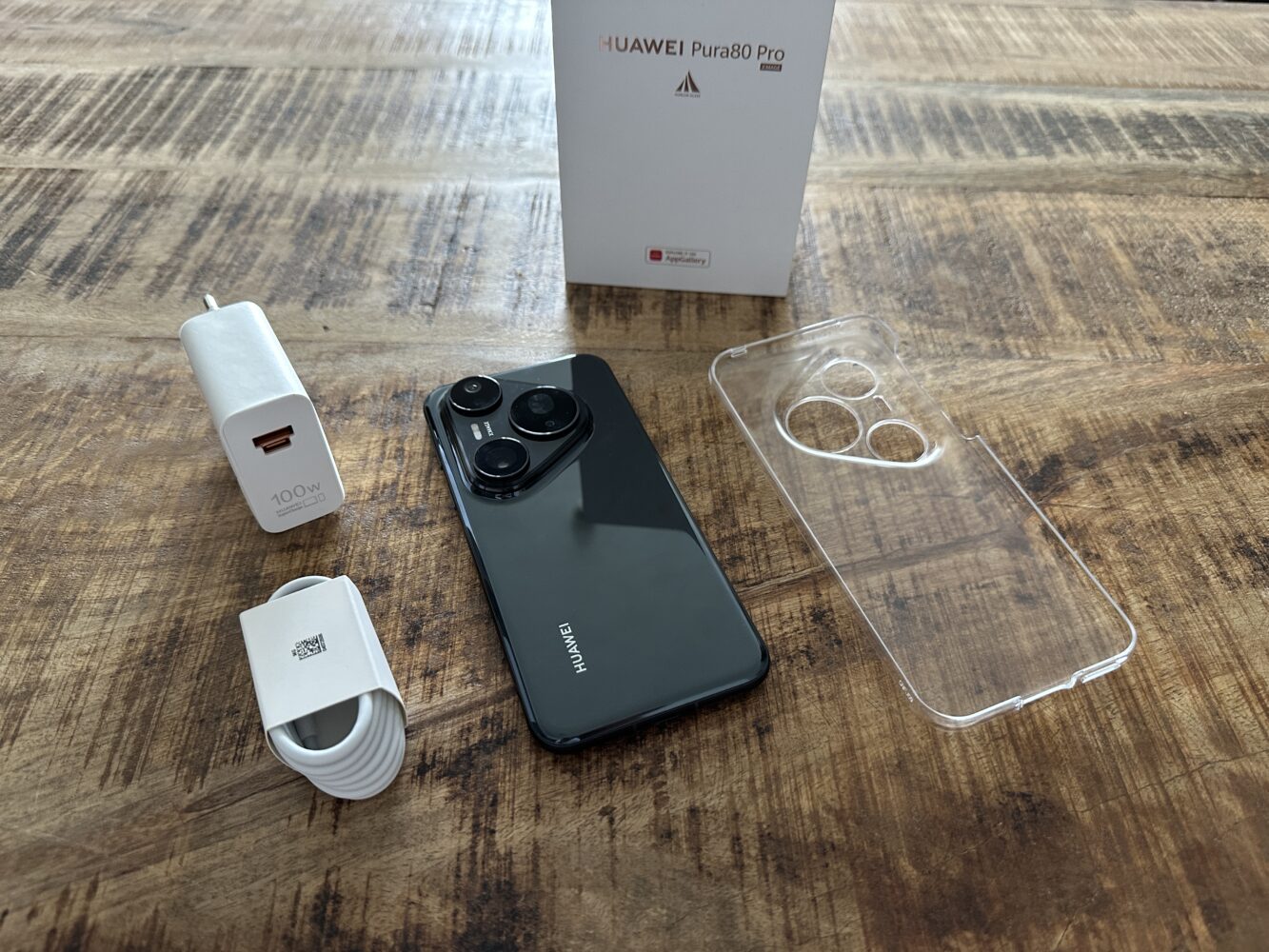
Let’s be honest. If you’re coming from a Snapdragon 8 Gen 3 or an Apple A17 Pro, this chip won’t blow your socks off. Geekbench and 3DMark scores put it somewhere between a 2022 flagship and a current mid-ranger. But here’s the kicker: in daily use, you probably won’t notice unless you’re doing video rendering or gaming at the “I run Genshin at max with shadows” level.
Thanks to a leaner OS and Huawei’s aggressive memory management, the 12GB of RAM keeps things fluid—apps stay open, transitions are clean, and multitasking is solid. Paired with 256GB or 512GB of storage (UFS 3.1—not 4.0, unfortunately), the phone moves with confidence. There’s no SD card slot, but there is eSIM and dual SIM capability, depending on the market.
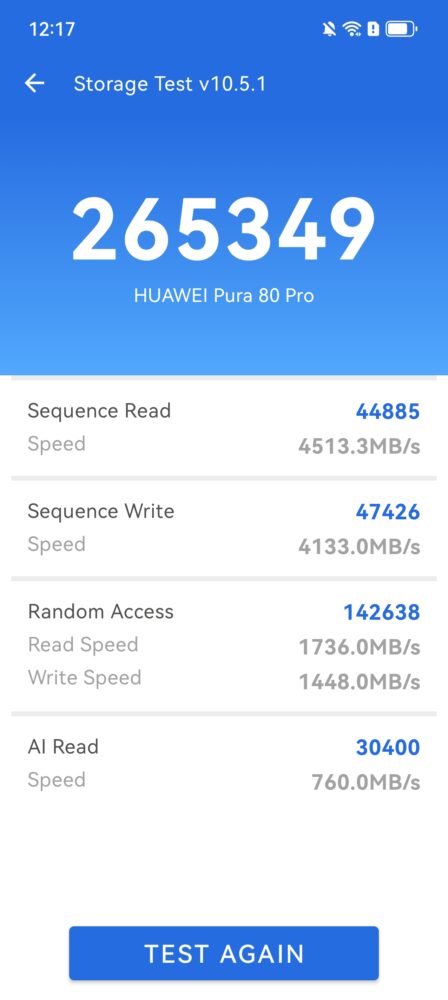
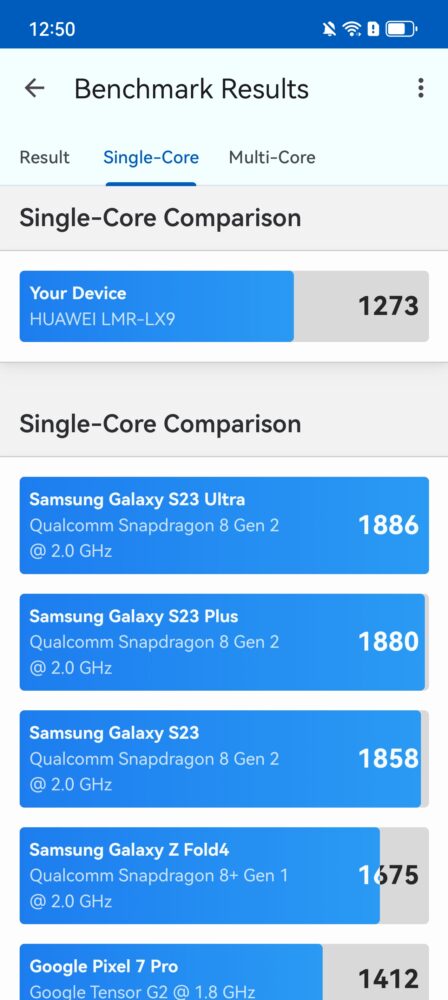
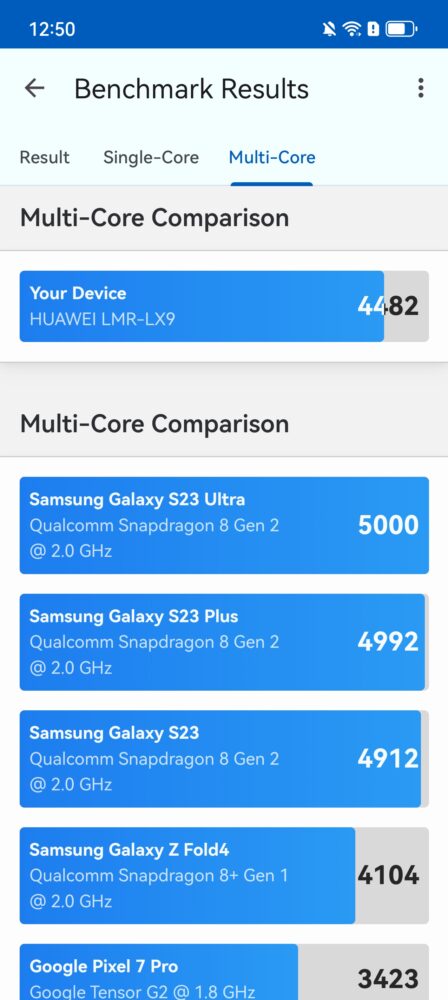
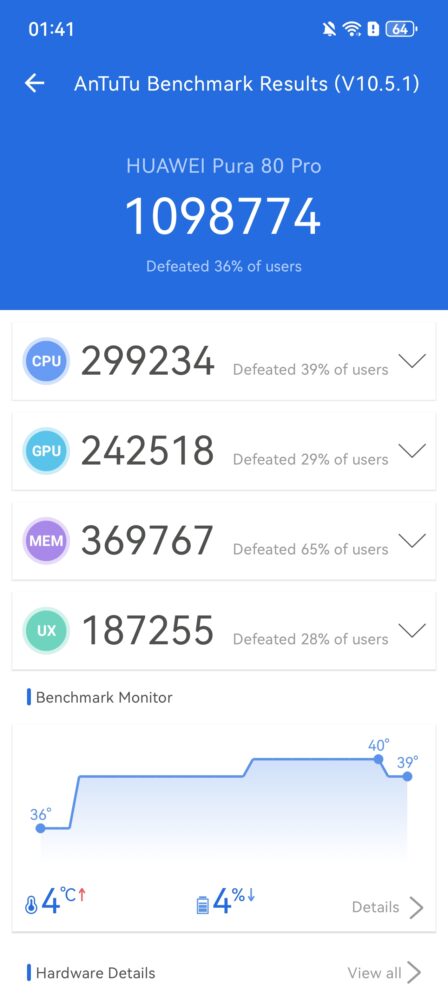
Thermals? Surprisingly well-behaved. There’s a vapor chamber cooler that keeps the phone comfortably warm under stress. You’ll never feel it throttle in casual use, and gaming runs well as long as you aren’t expecting desktop-class frame rates.
The real downside? No 5G outside China. Blame geopolitical weirdness. You’re stuck with 4G LTE internationally, which is a letdown in a phone this powerful and expensive.
Camera – A 1-Inch Sensor With Pro Ambitions (and AI Arrogance)
This is the reason you’re here. Let’s not pretend otherwise.
The Pura 80 Pro doesn’t get the Ultra model’s retractable dual-periscope madness, but it does pack Huawei’s now-iconic 1-inch “Ultra Lighting” main sensor with variable aperture (f/1.6 to f/4.0), optical image stabilization, and custom image processing baked into the ISP.
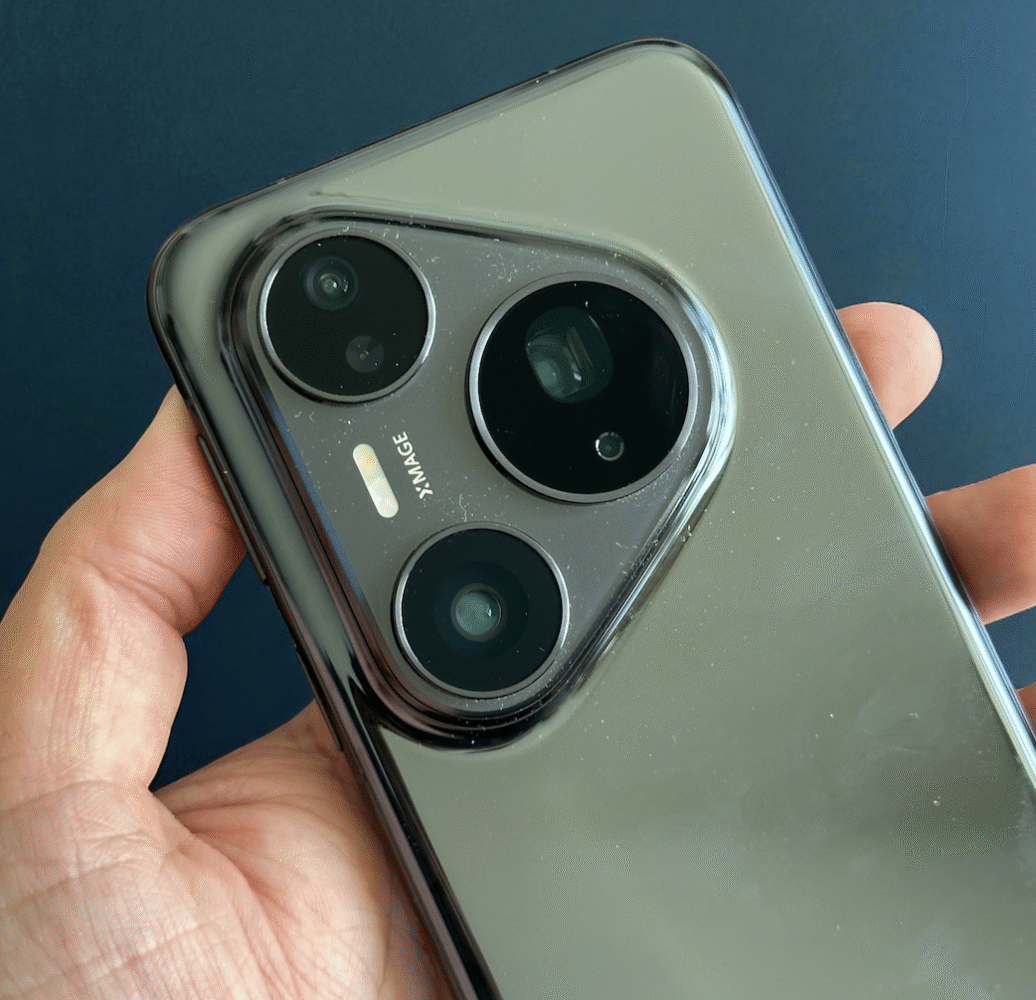
What does this mean in practice?
- Daylight shots are cinematic. Contrast is bold, color science leans into natural vibrancy rather than Samsung-style saturation, and dynamic range is beautifully controlled. Shadows retain depth, skies remain blue, and foliage doesn’t look like a green highlighter exploded.
- Low-light? It’s class-leading. You don’t need Night Mode unless you’re shooting in near-darkness. Even then, the sensor grabs enough light to make Sony jealous.
- Zoom? The 48MP telephoto handles 3.5x optically and up to 10x hybrid without much degradation. It’s not Ultra-tier zoom, but it’s more than competent.
- Ultra-wide? The 40MP sensor is solid, though it has some edge distortion. It’s the weakest of the trio, but still better than most Android competitors.
The software is where things get spicy. Huawei’s Master AI is deeply involved—it recognizes scenes faster than your mom recognizes bad decisions. But it sometimes goes overboard with skin smoothing and sharpening. Luckily, Pro Mode lets you wrestle control back: full manual ISO, shutter speed, white balance, and yes—RAW support… but limited to 12MP. Come on, Huawei. Let the geeks cook.
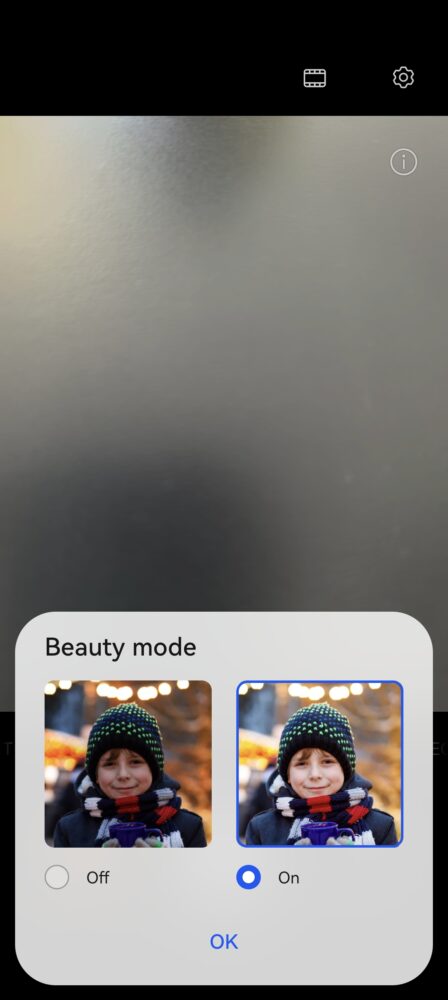
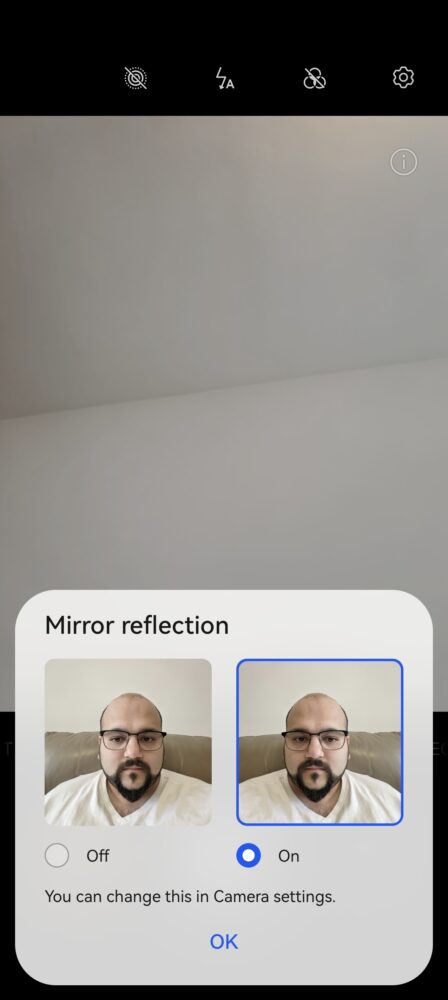
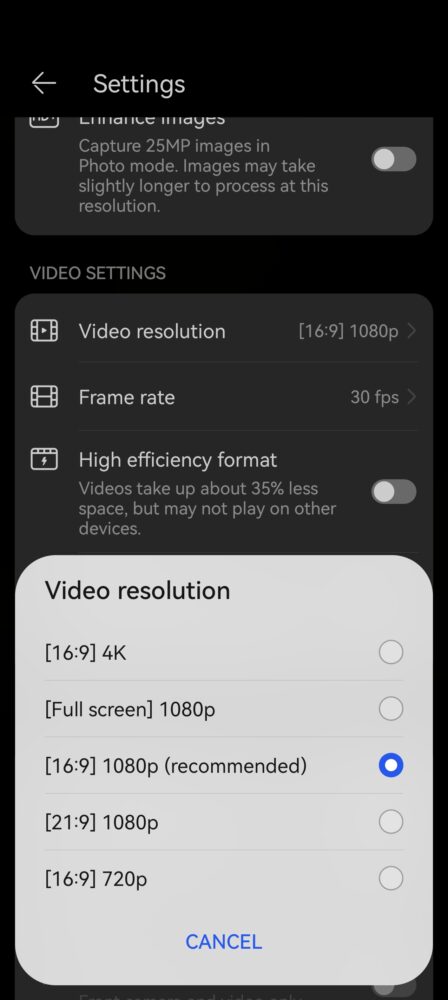
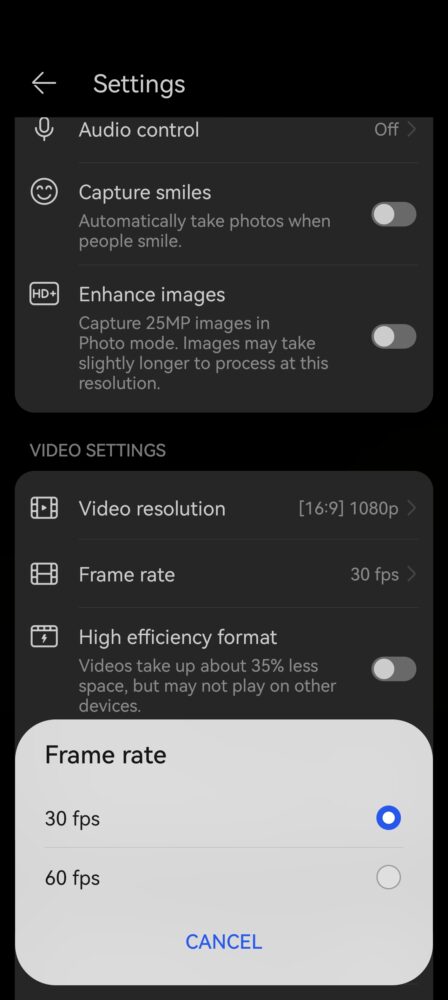
Video quality tops out at 4K 60fps. Stabilization is excellent, but no 8K or cinematic 24fps mode. You do get “XD Fusion Pro” image processing, which is Huawei-speak for a ton of computational tricks layered over Leica-style tuning.
Gallery:
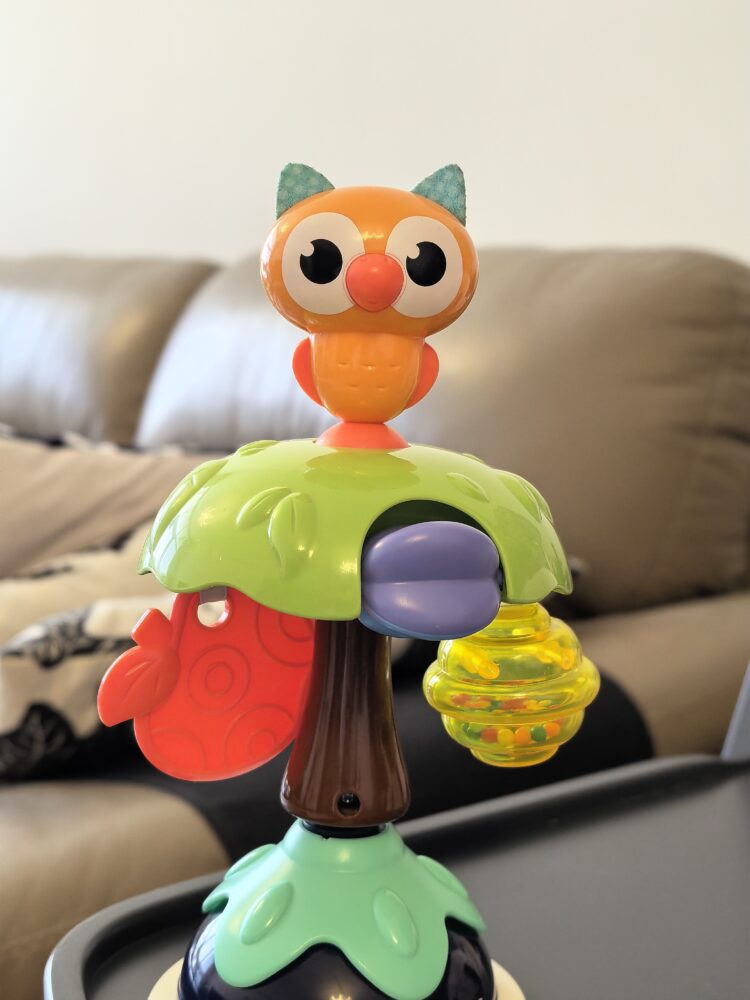
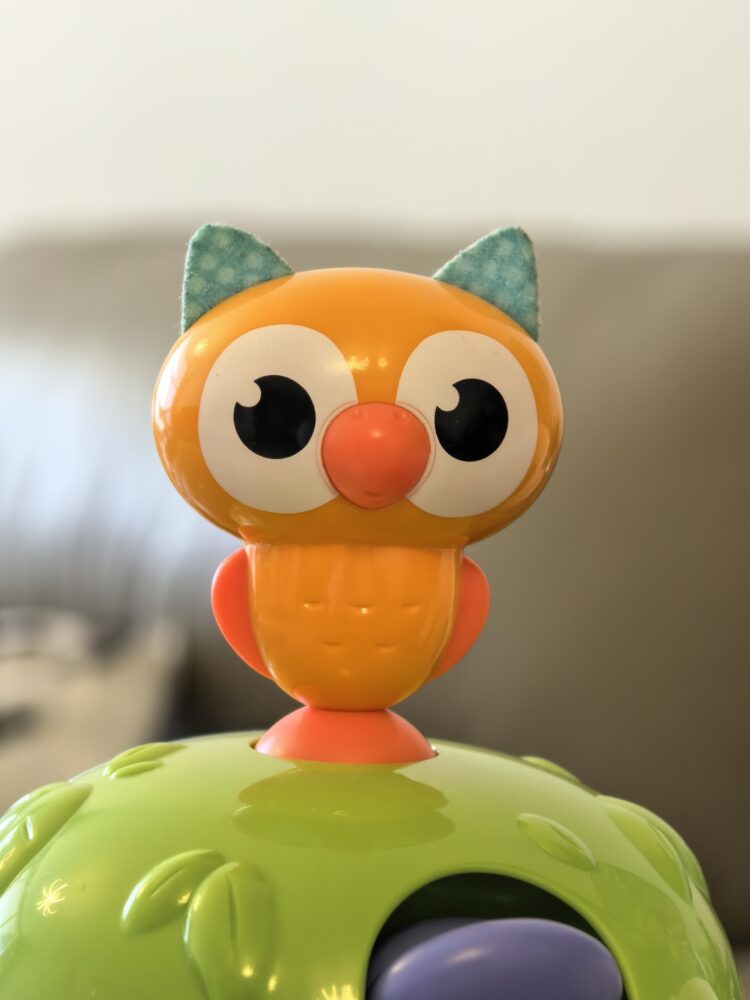
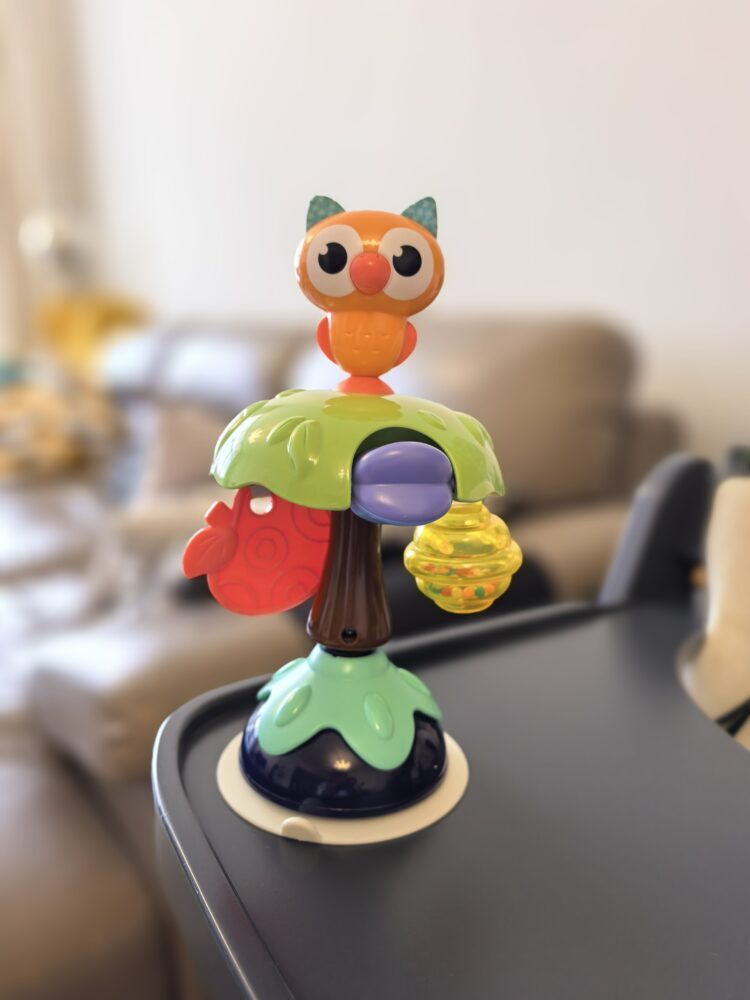
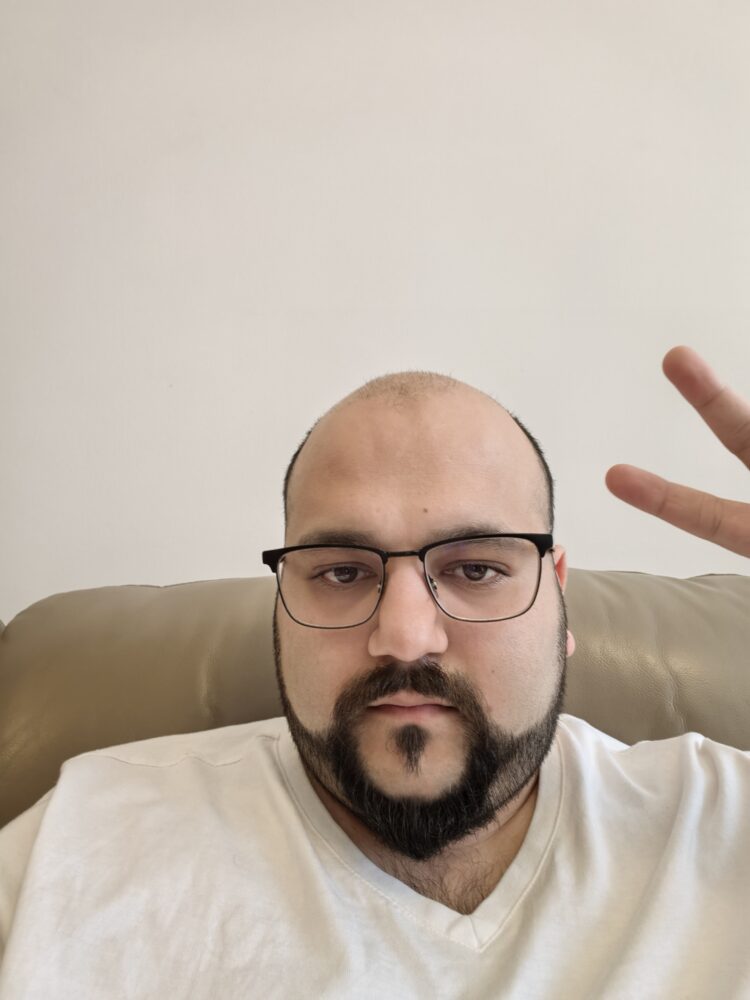

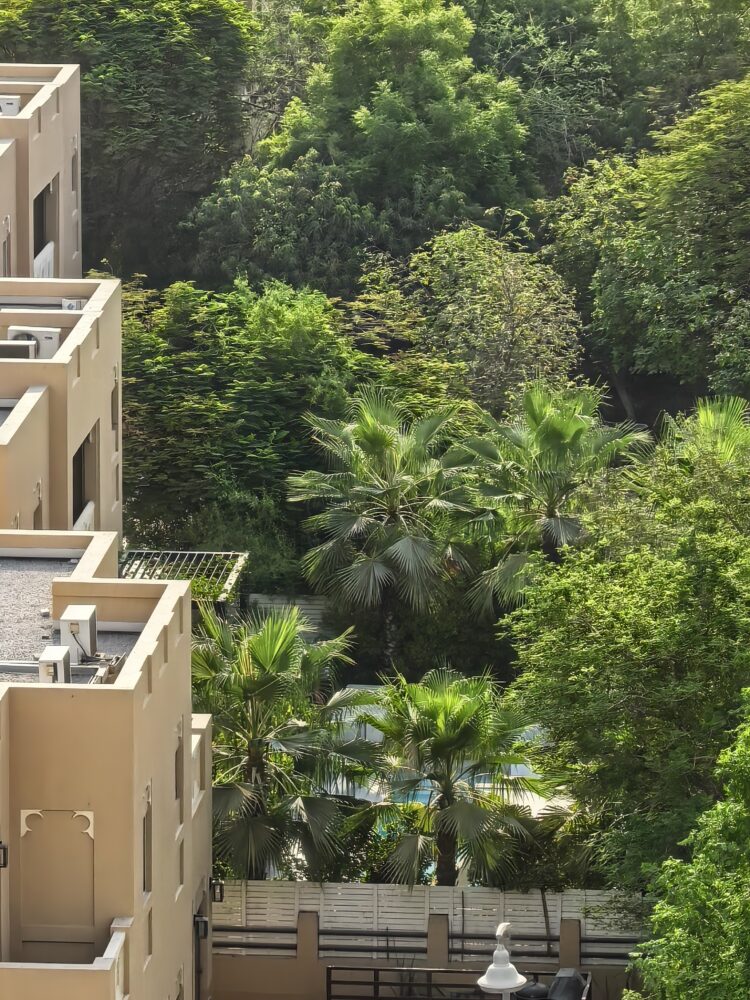
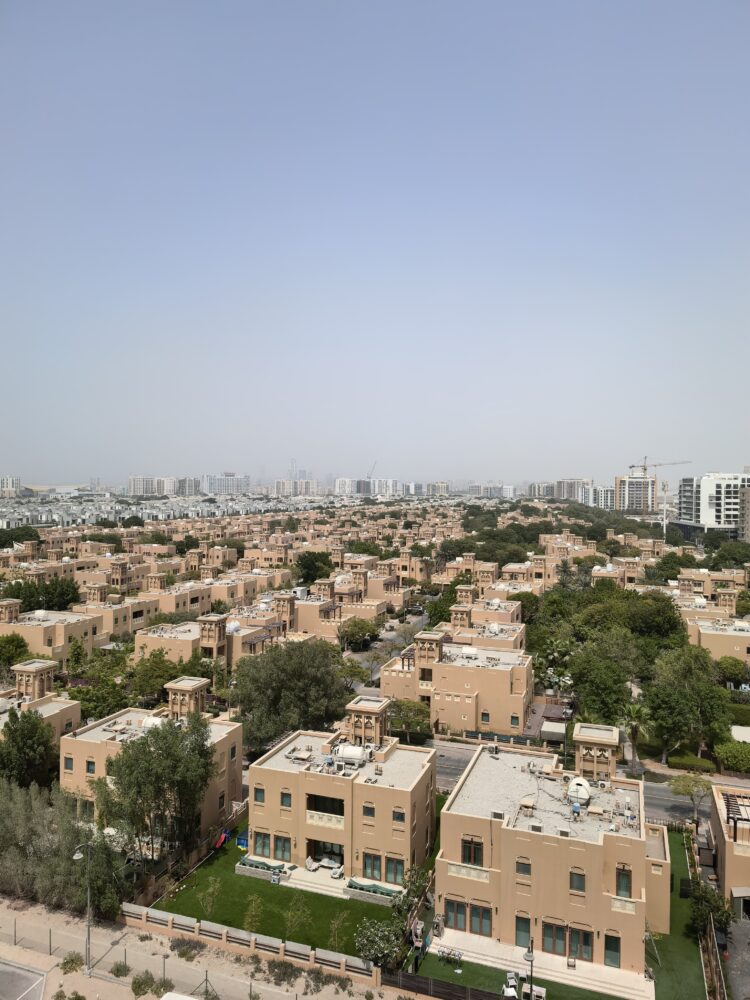
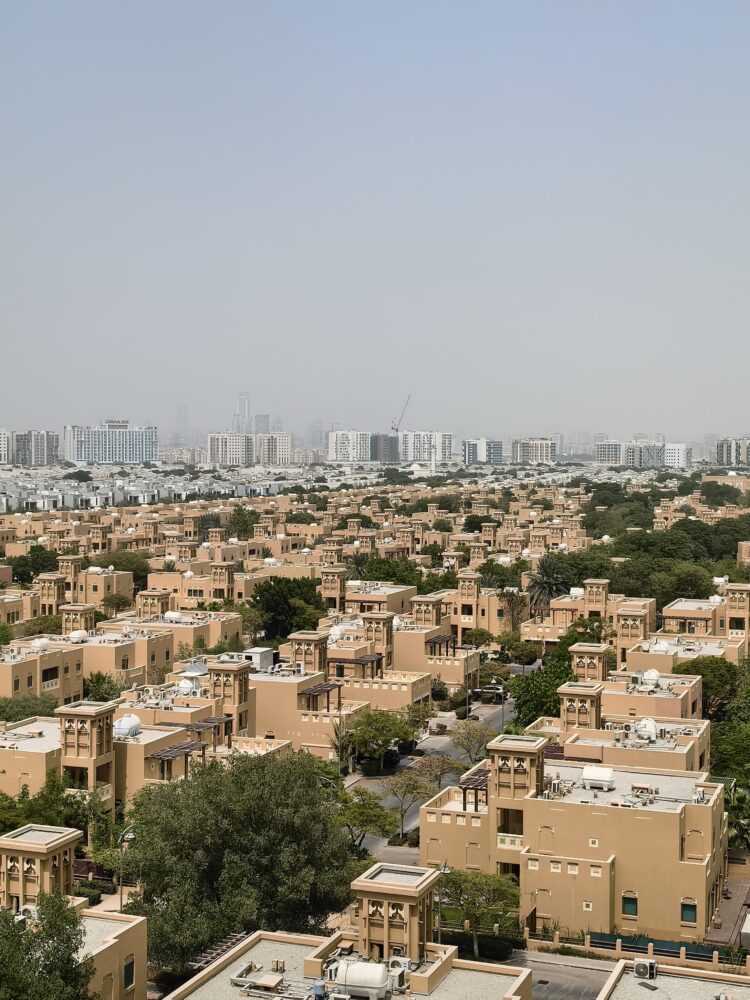
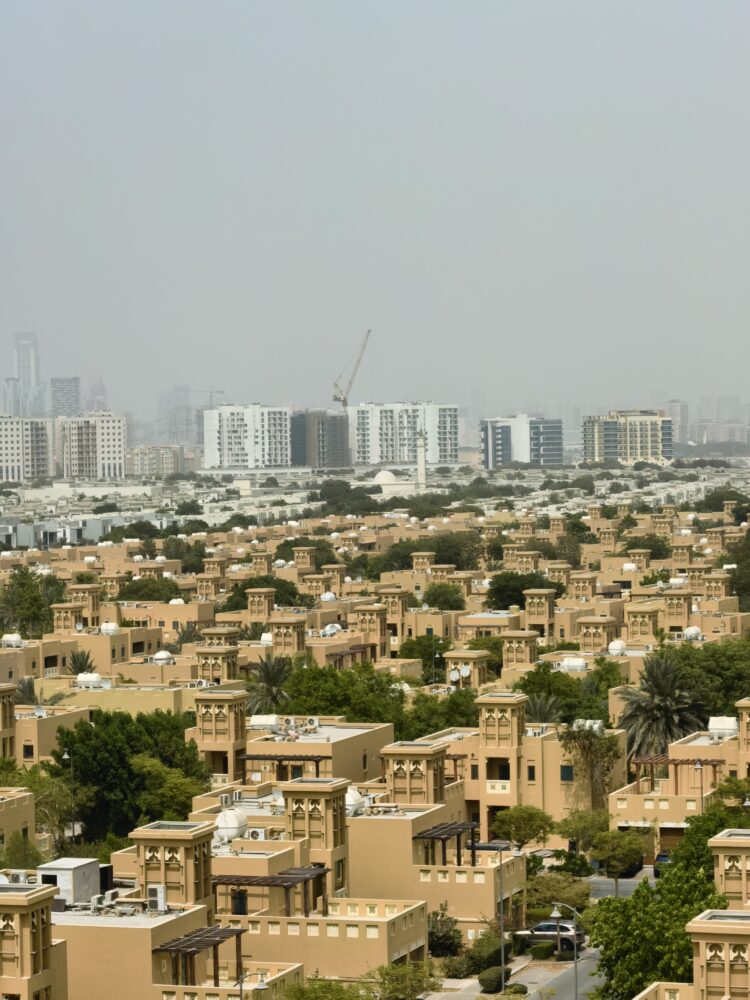
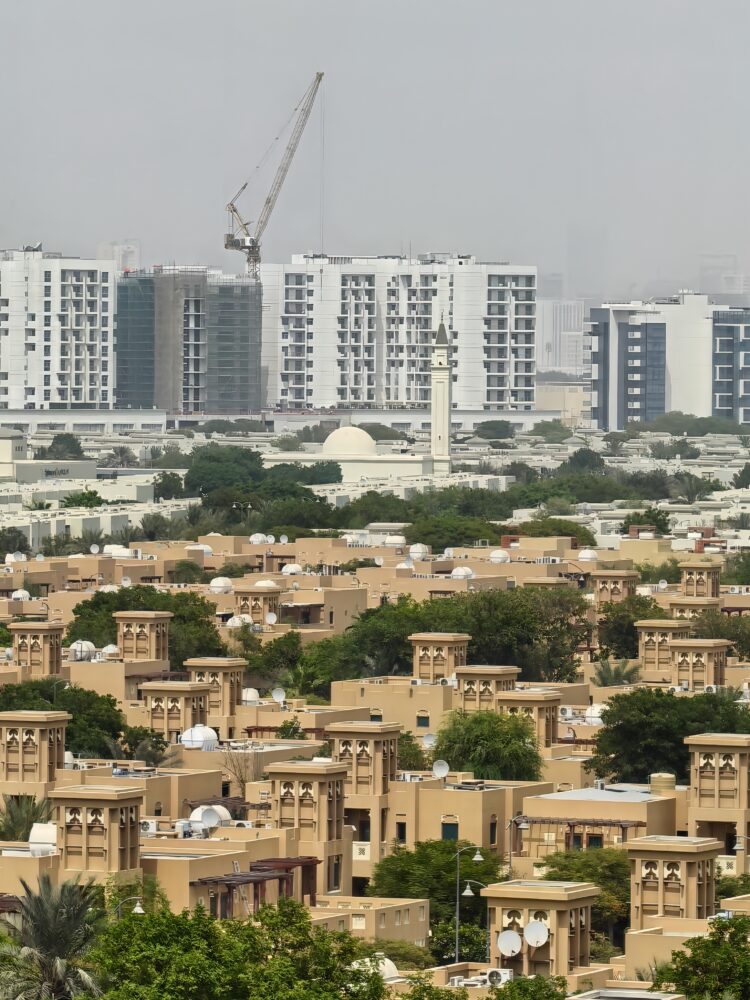
Battery – The Fastest Fill-Up Outside a Formula 1 Pitstop
Let’s talk juice. The Pura 80 Pro ships with a 5200mAh battery in global models (5700mAh for Chinese variants), and thanks to a combination of efficient hardware and smart background optimization, it lasts comfortably through a day and a half of normal use. Heavy screen-on time? You’ll still get through dinner.
Where Huawei really flexes is charging:
- 100W wired charging fills up from 0–100% in under 40 minutes. The charger is in the box—take notes, Apple.
- 80W wireless charging, if you’ve got the proprietary stand.
- Reverse wireless is present and works, but drains battery quicker than expected.
No overheating, no aggressive battery wear indicators, no drama. Just pure speed and solid stamina.
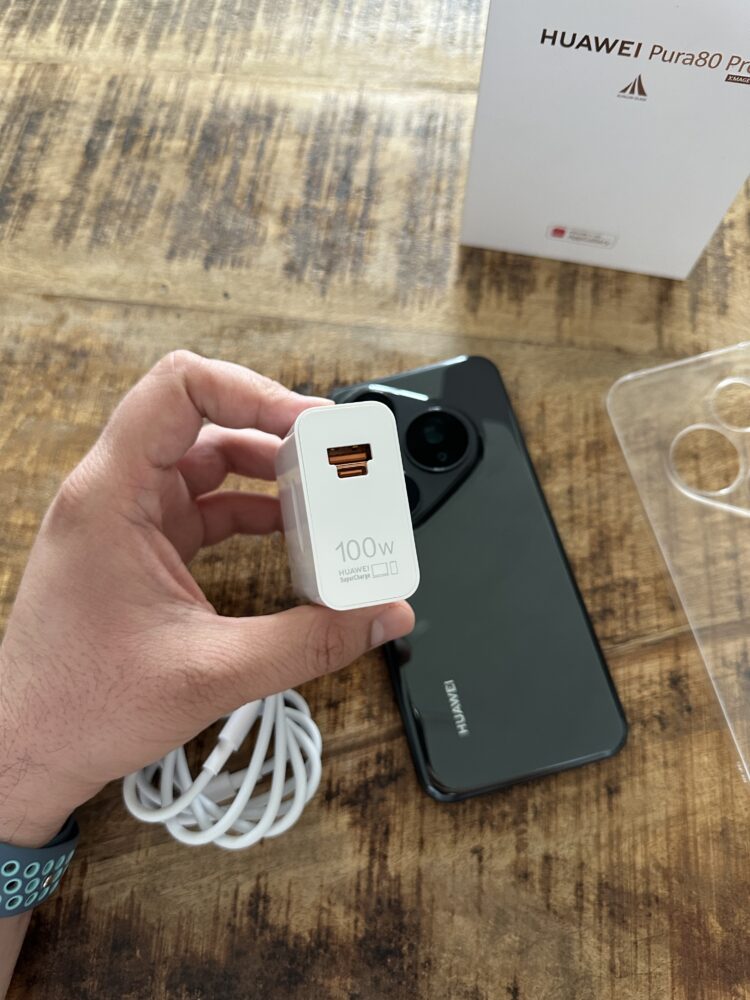
Audio, Vibration & Biometrics – The Unsung Features
The stereo speakers are loud and crisp, but there’s noticeable bias to the bottom driver. Highs are sparkly, mids are clear, and bass is… respectable. You won’t replace your Bluetooth speaker, but you’ll definitely annoy the people around you in public.
There’s no 3.5mm jack, of course, and no USB DAC in the box either. Bluetooth 5.2 handles LDAC and AAC just fine, and connection stability is excellent.
Haptics? Middling. Not Pixel-crisp or iPhone-precise, but not bad either. Vibration feels more like a buzz than a click, with no granular tuning.
Biometrics? No in display sensor here but instead you get a faster than lightening sender that doubles as the power buttons. Most people say blink and you miss it, here you don’t even get the chance you blink! Yes, it’s actually that fast. The Pura 80 also has facial recognition that works even in the dark thanks to screen illumination. Typical Huawei sorcery.
Software – The HarmonyOS/EMUI Identity Crisis
Now for the elephant in the server room.
The global Pura 80 Pro runs EMUI 14.2, not HarmonyOS 4 or 5 (those are China-only… for now). It’s basically Android 12-ish under the hood, with a heavy skin that borrows liberally from iOS and other Android OEMs. But there’s no Google Play Services. No Gmail. No native YouTube. You can sideload them, or use GBox, but it’s still a workaround.
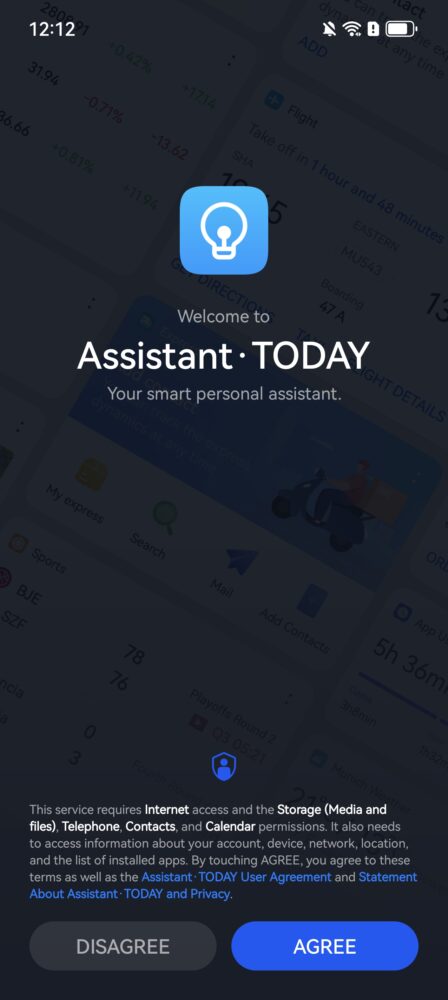
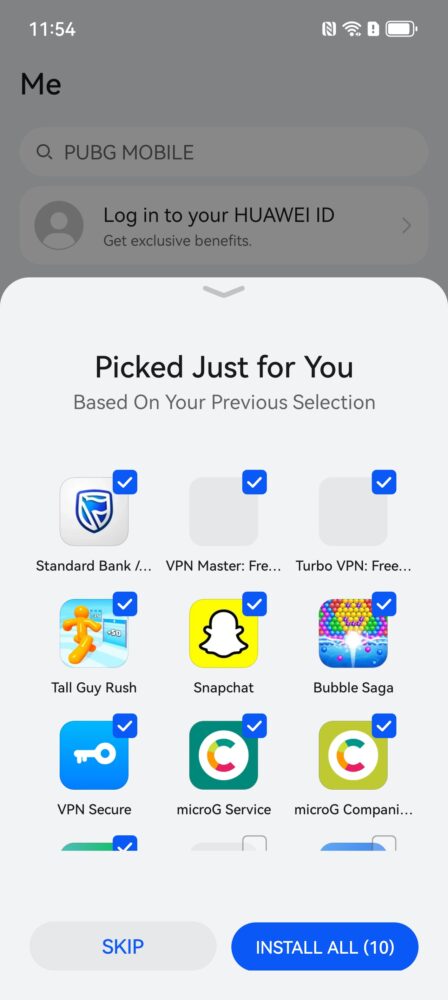
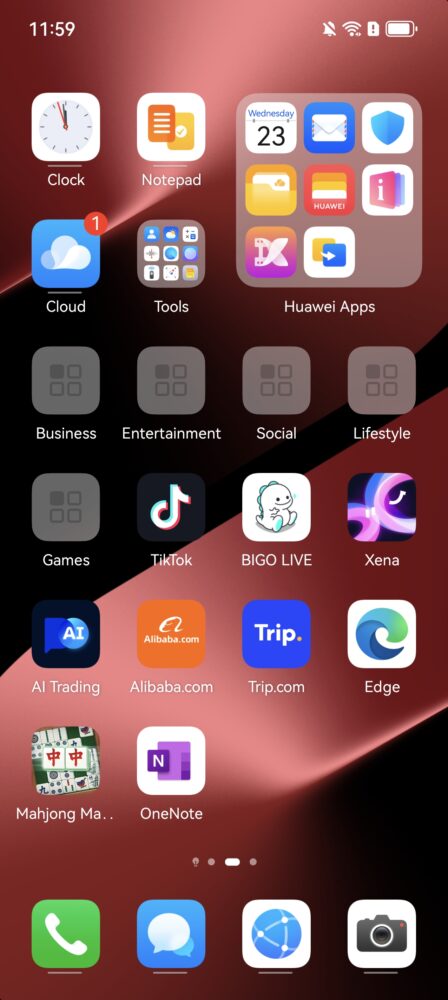
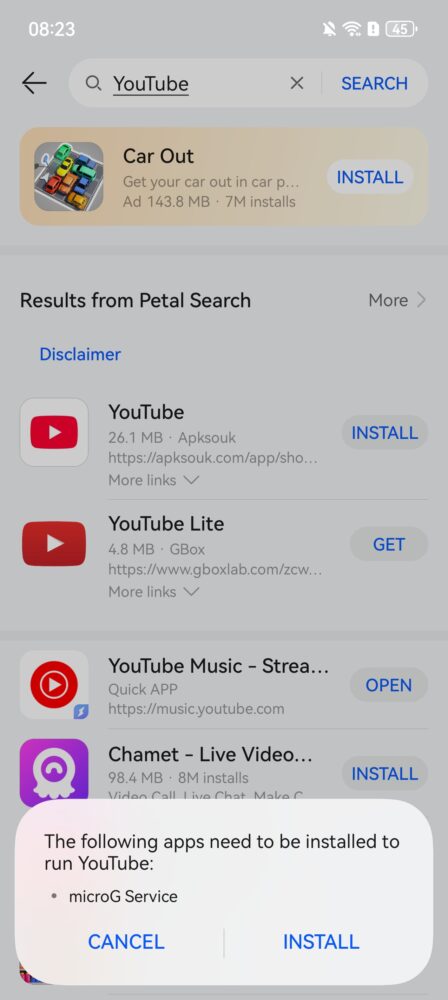
Huawei’s AppGallery has grown, but it’s still a pain for anyone outside China. Petal Search is surprisingly powerful, and the built-in browser can now “install” PWAs that mimic apps, but it’s still not ideal. If you live in the UAE, China, or parts of Europe and don’t rely on Google, you’ll survive. Otherwise? Prepare for a learning curve.
Security updates are infrequent, and major Android versions are uncertain. Huawei’s long-term support policy is vague outside China, and that’s not great in 2025.
Verdict – The Photographer’s Phone, Not the Power User’s Dream
The Huawei Pura 80 Pro is one of the most beautifully made and camera-capable smartphones of 2025. Its display, design, and photography prowess are top-tier, and if you value unique hardware with serious imaging chops, you’ll love it. But the software reality and Kirin limitations still haunt it like a ghost of trade wars past.
If you live within Huawei’s ecosystem—or don’t care about Google—it’s arguably the best phone for street photography, night captures, and show-off display quality. But for everyone else? It’s a love letter to what could have been.

